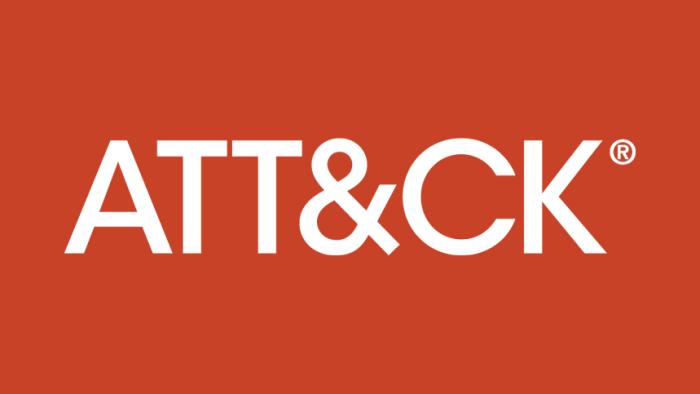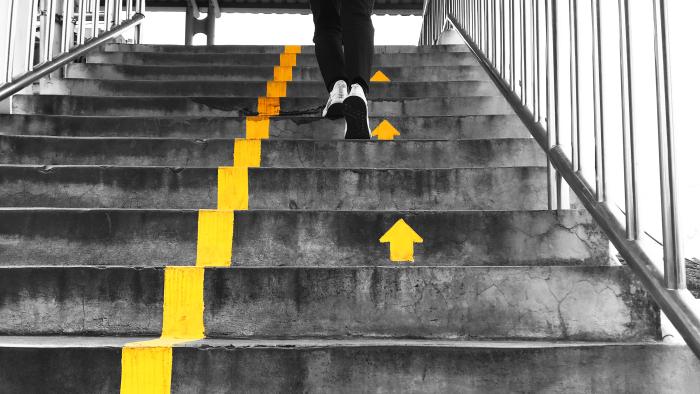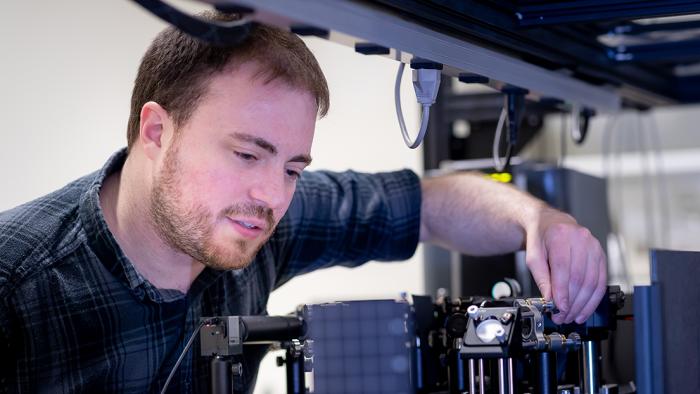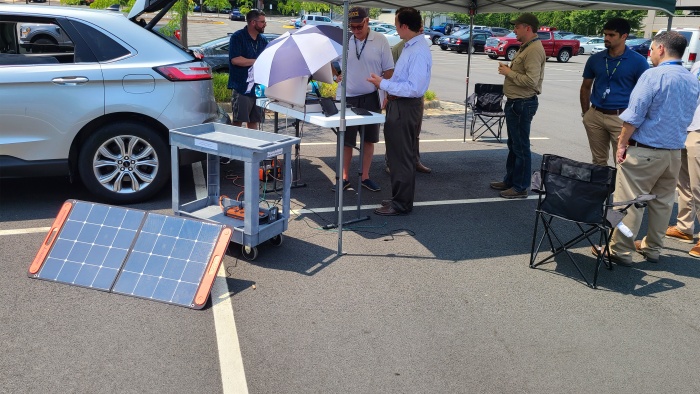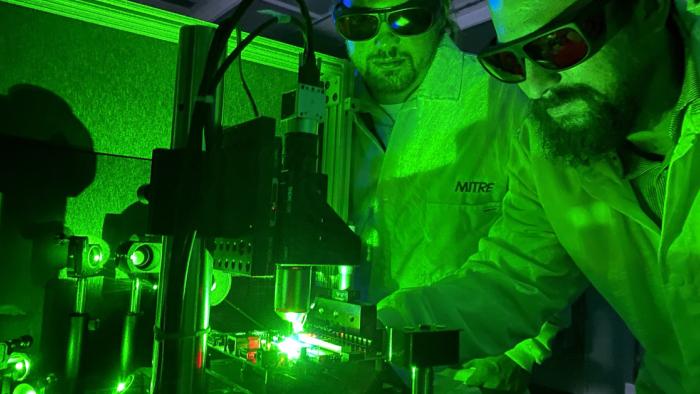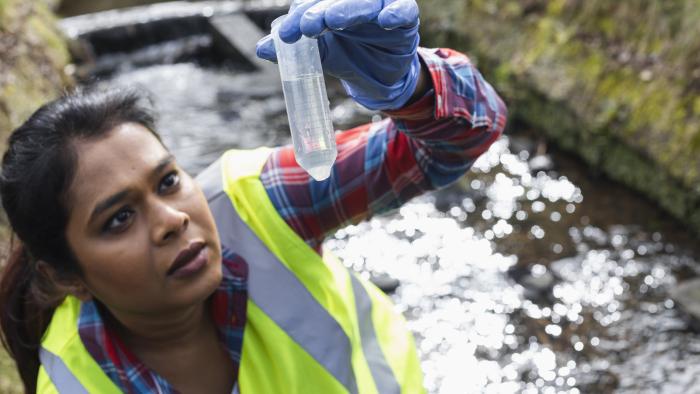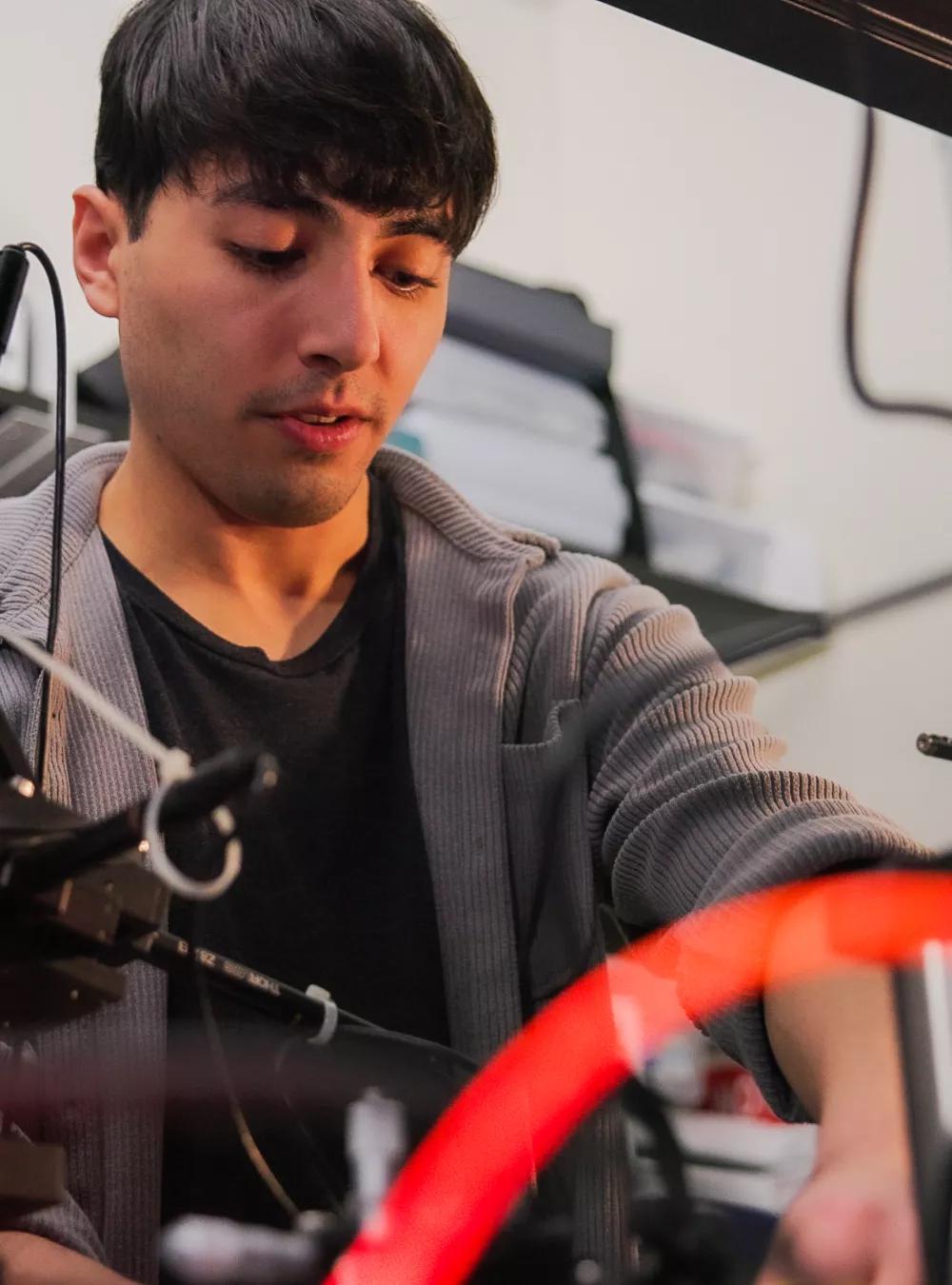
Independent Research

Fact Sheet
MITRE's IR&D Program
MITRE’s Independent Research and Development (IR&D) Program gives us the freedom and flexibility to both respond to urgent challenges and anticipate the future for our government sponsors and the nation.
Our scientists and engineers apply and advance research in critical emerging technologies in the public interest. We’re now doubling down on AI expertise, combining knowledge of diverse technologies with the needs of government, industry, and the public. For example, we’re applying AI to tackle missions from cybersecurity and fraud detection to command and control.
The goal for all our innovations: get real-world solutions into the hands of users in the field, from soldiers and first responders to air traffic controllers and data analysts to physicians and Census takers.
What We Do
Our IR&D program catalyzes novel technologies and new ways to apply existing technologies, with MITRE playing different roles within the innovation ecosystem—from inventor to connector.
We share what we discover. Through papers, conferences presentations, and prototypes. Our licenses—both open source and commercial—span dozens of technical domains, including versatile image sensors, cybersecurity defenses, air traffic control systems, and digital communications systems.
MITRE Moonshots
MITRE’s Independent Research and Development Program includes a few big, risky bets—our “moonshots.” These long-term investments are designed to advance science and technology for the benefit of our government sponsors and the nation.
While MITRE moonshot research endeavors require significant investments, we believe they can potentially produce significant returns for the nation. We’re already seeing progress.
The complexity of the problems we’re trying to solve demands a wide range of expertise and diverse perspectives from within MITRE and across our partner organizations. Our current moonshots are great examples of how we’re solving big problems for a safer world.

Oncology Moonshot
This team encompasses national and international partners across the oncology community, including health providers, patients, cancer researchers, vendors, insurers, and government agencies.
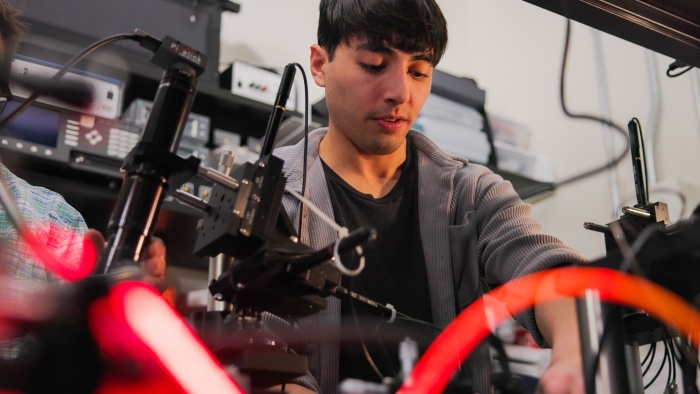
Quantum Moonshot
This team is building a scalable, error-corrected, fault-tolerant quantum computer—contained on a chip. This technology will advance national security, enable fast development of life-saving drugs, and make complicated calculations in blinding speed to optimize decision making.

Synthetic Biology Moonshot
This moonshot team is bringing systems engineering to the bioeconomy, disaggregating synthetic biology projects to make biology as technology more accessible for the benefit of the nation.

This team encompasses national and international partners across the oncology community, including health providers, patients, cancer researchers, vendors, insurers, and government agencies.

This team is building a scalable, error-corrected, fault-tolerant quantum computer—contained on a chip. This technology will advance national security, enable fast development of life-saving drugs, and make complicated calculations in blinding speed to optimize decision making.

This moonshot team is bringing systems engineering to the bioeconomy, disaggregating synthetic biology projects to make biology as technology more accessible for the benefit of the nation.




